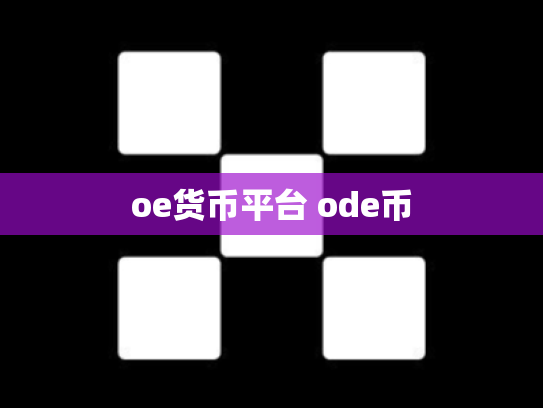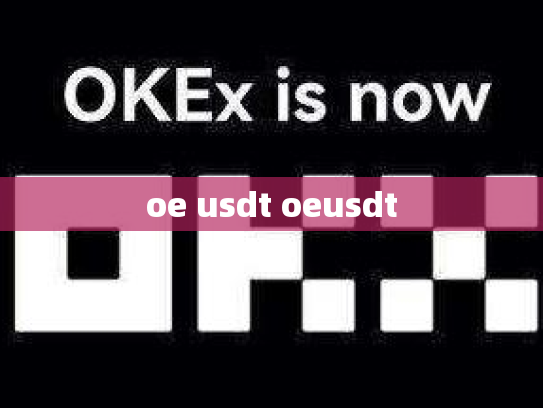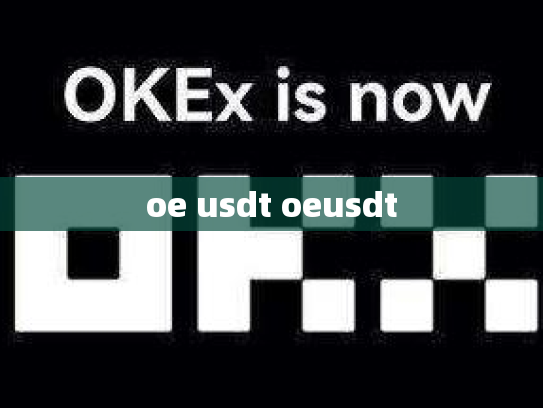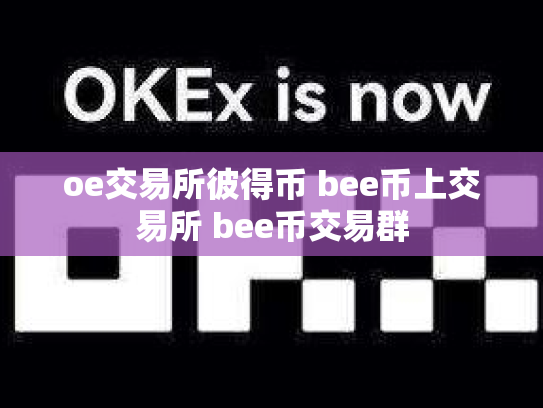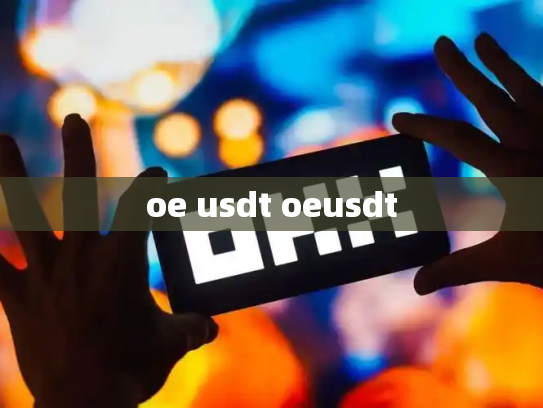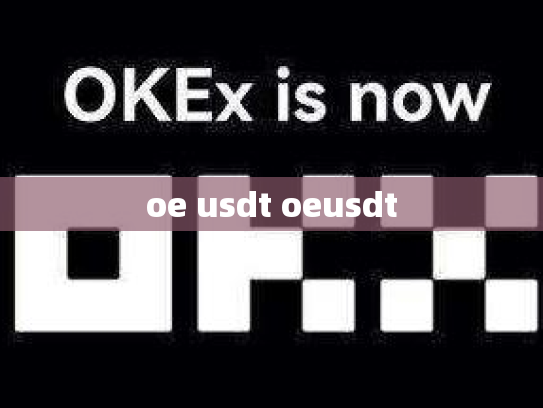对不起,我无法理解您提供的信息,您能否提供更多背景或澄清一下?
本文目录导读:
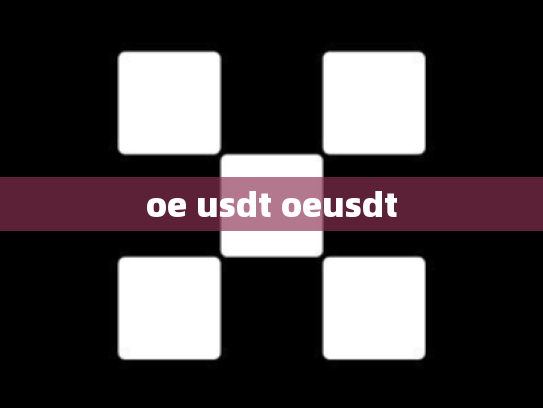
- 目录导读:
- Introduction to OE USDT
- Why Choose OE USDT?
- How Does OE USDT Work?
- Benefits and Risks of Using OE USDT
- Security Measures in OE USDT
- Conclusion: The Road Ahead for OE USDT
OE USDT: Exploring the Future of Digital Currency
目录导读:
- Introduction to OE USDT
- Why Choose OE USDT?
- How Does OE USDT Work?
- Benefits and Risks of Using OE USDT
- Security Measures in OE USDT
- Conclusion: The Road Ahead for OE USDT
Introduction to OE USDT
OE USDT stands for "Omnibus Exchange USD Token," which is a digital token designed as an alternative currency that combines features from both fiat money (e.g., dollars) and cryptocurrencies like Bitcoin and Ethereum. This unique structure makes it attractive to users seeking stability and security while enjoying the benefits of decentralized finance.
Why Choose OE USDT?
- Stability: By combining elements of traditional currencies with blockchain technology, OE USDT aims to provide a stable base for transactions.
- Accessibility: With its open-source nature, OE USDT can be easily integrated into various applications and platforms without requiring significant technical expertise.
- Transparency: As an open protocol, all operations within OE USDT are transparent, ensuring trust among users and exchanges.
How Does OE USDT Work?
The working mechanism of OE USDT involves several key components:
- Token Supply: OE USDT operates on a fixed supply model, meaning that once tokens are minted, their number remains constant over time.
- Smart Contracts: Underpinning the system are smart contracts, which automatically execute predefined rules during transactions.
- Decentralized Exchanges: OE USDT supports multiple decentralized exchanges (DEXs), enabling direct trading between different cryptocurrencies and traditional assets.
Benefits and Risks of Using OE USDT
Benefits:
- Safety: Since OE USDT uses advanced cryptographic techniques, there’s less risk of hacking or fraud compared to some other digital currencies.
- Accessibility: For those who prefer using traditional banking systems but want to avoid volatility associated with volatile currencies, OE USDT offers a middle ground.
- Integration: Being built on open standards, OE USDT can seamlessly integrate with existing financial infrastructures and applications.
Risks:
- Dependence on Technology: Any disruption in the underlying blockchain infrastructure could potentially impact OE USDT's stability.
- Regulatory Uncertainty: Given the nascent stage of many cryptocurrencies, regulatory frameworks may evolve rapidly, affecting how these tokens are accepted and regulated globally.
Security Measures in OE USDT
To ensure user safety, OE USDT implements stringent security protocols:
- Layered Encryption: Comprehensive encryption methods protect against unauthorized access to funds.
- Zero-Knowledge Proofs: These proofs allow for secure transactions without revealing sensitive information about account balances.
- Regular Audits: Continuous monitoring and audits conducted by external experts help maintain integrity and detect vulnerabilities early.
Conclusion: The Road Ahead for OE USDT
As digital currencies continue to grow in popularity, the concept of combining traditional monetary stability with decentralized innovation presents exciting possibilities. While there are risks involved, particularly related to technological challenges and regulatory changes, the potential rewards make OE USDT a compelling investment opportunity. As more people explore this space, OE USDT will likely play a crucial role in shaping the future of global finance.
By exploring these topics, we hope to have provided a comprehensive overview of OE USDT, highlighting its strengths, weaknesses, and the broader implications for the evolving landscape of digital currencies.
